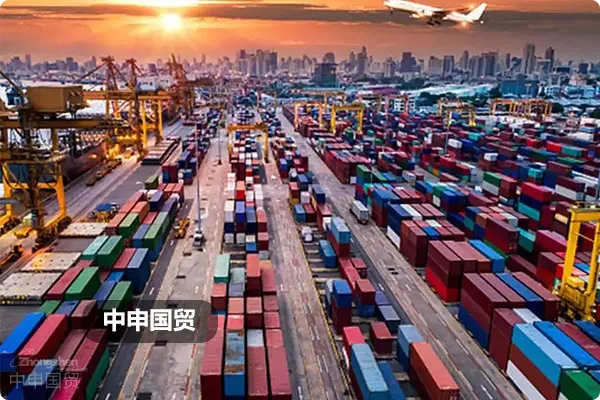- Shanghai Zhongshen International Trade Co., Ltd. - Two decades of trade agency expertise.
- Service Hotline: 139 1787 2118

Contents
Toggle2025 electronicsEquipment ImportsNew market trends
According to the latest data from the General Administration of Customs, the import value of consumer electronics surged by 23.7% year-on-year in the first quarter of 2025, while the import volume of smart wearable devices increased by 41.2% compared to the same period last year. Driven by trade facilitation policies, the average customs clearance time for imported electronic equipment has been reduced to 8.7 hours, but the declaration error rate remains high at 12.6%.
Practical Analysis of the "Three Major Declaration Pitfalls"
Minefield One: The Fog of Commodity Classification
- Controversy Over Smartwatch Declaration:
- The tax rate difference between Category 9013 (clocks and watches) and 8517 (communication equipment) is as high as 7.3%.
- A company was required to pay back taxes and late fees totaling 370,000 yuan due to misreporting.
- Modular equipment split declaration:
- The core control module must be declared separately under item 8537.10.
- The combined declaration of complete machines and spare parts carries a 15.6% compliance risk.
Minefield Two: Changes in Certification Requirements
- 2025 Edition3CNewly added to the certification directory:
- Scope of Mandatory Certification for Brain-Computer Interface Devices
- Access Requirements for Quantum Encryption Communication Terminal Equipment
- A European manufacturer had an entire container returned due to failure to update the energy efficiency label.
Minefield Three: The Tariff Calculation Trap
- Application of Rules of Origin under RCEP:
- The ASEAN regional value content must reach 52%.
- Application of regional accumulation rules for Korean-made chips
- A certain enterprise miscalculated and incurred a cumulative loss of tariff preferences amounting to 890,000 yuan.
Professional agency service selection criteria
Core Competency Matrix Assessment:
- System docking capabilities:
- Single Window System Direct Declaration
- HS Code Intelligent Matching System
- Risk early-warning mechanism:
- Real-time monitoring of customs classification rulings
- Automatic Notification for Certification Directory Changes
- Case Database:
- Storage of over 3,000 electronic device declaration cases.
- Provide a pre-classification advice for goods
End-to-end agency service solution
Phased Service Architecture:
- Pre - preparation Stage:
- Product Technical Parameter Pre-review (Including Chip Model Verification)
- Compliance Diagnosis of Access Conditions
- Declaration and implementation phase:
- Intelligent generation of declaration element templates
- Electronic Pre-review of Supporting Documents
- Post-management phase:
- Tax Payment Anomaly Alert
- Customs Audit Response Support
Review of typical service cases
Case 1:An importer of smart home devices initially misclassified environmental sensors under tariff code 8531. After a reclassification by an agency to code 8543, the company saved RMB 124,000 in tariff costs for a single batch of goods and avoided administrative penalties for classification errors.
Case 2:The agency company identified during the preliminary review that the quantum router declared by the client lacked information security certification. They promptly assisted in completing the CCRC certification application, preventing goods worth 5.6 million yuan from being detained at the port.
In the field of electronic equipment imports, professional agency services have evolved from simple intermediary roles to becoming corporate trade compliance partners. Selecting agencies with technical analysis capabilities, regulatory tracking systems, and emergency response plans will be a key measure for enterprises to control import risks and enhance customs clearance efficiency.
Related Recommendations
? 2025. All Rights Reserved. Shanghai ICP No. 2023007705-2  PSB Record: Shanghai No.31011502009912
PSB Record: Shanghai No.31011502009912










